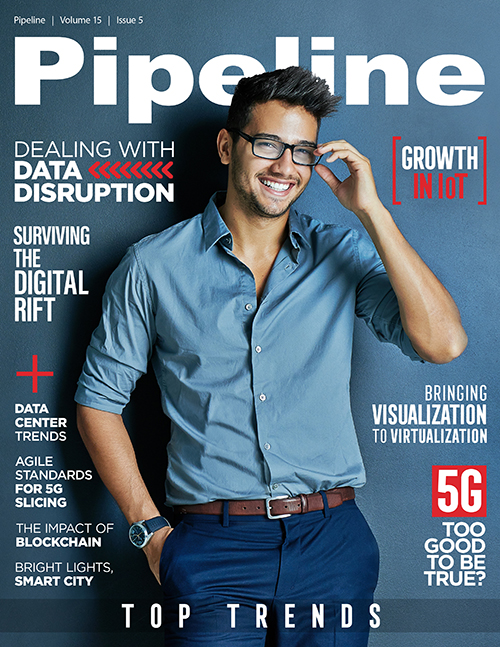Bright Lights, Smart City
There are more technical but somewhat circular definitions, such as that from Technopedia: “A smart city is a designation given to a city that incorporates Information and Communication Technologies (ICT) to enhance the quality and performance of urban services such as energy, transportation and utilities in order to reduce resource consumption, wastage and overall costs. The overarching aim of a smart city is to enhance the quality of living for its citizens through smart technology.”
And then there is this, courtesy of the Smart Cities Mission, an initiative of the Ministry of Housing and Urban Affairs of the Government of India:
“In the imagination of any city dweller in India, the picture of a smart city contains a wish list of infrastructure and services that describes his or her level of aspiration. To provide for the aspirations and needs of the citizens, urban planners ideally aim at developing the entire urban ecosystem, which is represented by the four pillars of comprehensive development: institutional, physical, social and economic infrastructure. This can be a long-term goal and cities can work towards developing such comprehensive infrastructure incrementally, adding on layers of smartness.”
This last definition, while relatively soft, hits upon several notable themes and attributes of smart city infrastructure. To wit: imagination, aspiration, ecosystem, incremental and layers.
There’s no doubt that smart cities will defy our imaginations, and they are certainly aspirational in the best sense of the word. But they will also require an ecosystem that will develop in increments and rely upon layers of technology, some existing and some emerging, to fully become the transformational habitats for our growing urban populations.
Understanding the Layered Ecosystem of Smart City Development
The key technology underlying all smart city initiatives is the Internet of Things (IoT). The IoT is a network of physical, connected devices that enable these ‘things’ to connect and exchange data. This connectivity, in turn, creates opportunities to converge the physical and the digital realms via data analytics to improve efficiency, drive economic benefits and improve the quality of life of urban dwellers.
Smart cities, by their very nature, generate enormous amounts of data, some of it static, but much of it high velocity, high volume and extremely heterogeneous in its sources. In other words, Big Data. The real-time data gathered in smart cities derives in large quantity from connected devices and sensors, in addition to streaming video and audio, log files, networks, web, transactional applications and social media.
Turning this continuous flow of data into actionable information will require both existing and next-generation technologies. Cloud computing provides a strong enabling platform for smart cities because it provides the necessary scale, storage and processing power, as well as the ability to integrate all the disparate data sources in order to effectively manage this information.
Edge Computing
While cloud computing is already an established part of smart city solutions, an emerging trend is the augmentation of cloud computing with edge computing. Edge computing is a distributed, open IT architecture that features decentralized processing power, enabling mobile computing and IoT technologies. In edge computing, data is processed by the device itself or by a local computer or server located in an edge data center or colocation facility.
Driven by a need to overcome cloud overhead in latency and bandwidth, and the demand for more local processing, edge computing is poised to enable billions of new IoT end-points, and real-time, localized Artificial Intelligence (AI) and Machine Learning (ML) applications for autonomous systems. Edge computing allows smart applications and devices to respond to data almost instantaneously—as it’s being created and eliminating lag time—which is critical for technologies such as self-driving cars.
Next-Generation Wireless
Along with edge computing and small cell technology, the advent of next‐generation 5G wireless networking will be integral to meeting the needs of smart cities, which



















